Engaging in sports is a fantastic way to maintain physical fitness, build camaraderie, and improve overall well-being. However, sports activities also come with a risk of injuries. Physiotherapy for sports injuries plays a crucial role in recovery and prevention, helping athletes return to their activities stronger and more resilient. In this blog, we’ll explore some common sports injuries and how physiotherapy can help in their management and prevention.
Common Sports Injuries
1. Sprains and Strains
Sprains involve the overstretching or tearing of ligaments, while strains refer to injuries of muscles or tendons. These injuries are common in sports that involve running, jumping, or rapid changes in direction.
– Sprains: Typically occur in the ankles, wrists, and knees. Symptoms include pain, swelling, bruising, and limited ability to move the affected joint.
– Strains: Often affect the back and hamstrings. Symptoms include pain, muscle spasms, swelling, and difficulty moving the muscle.
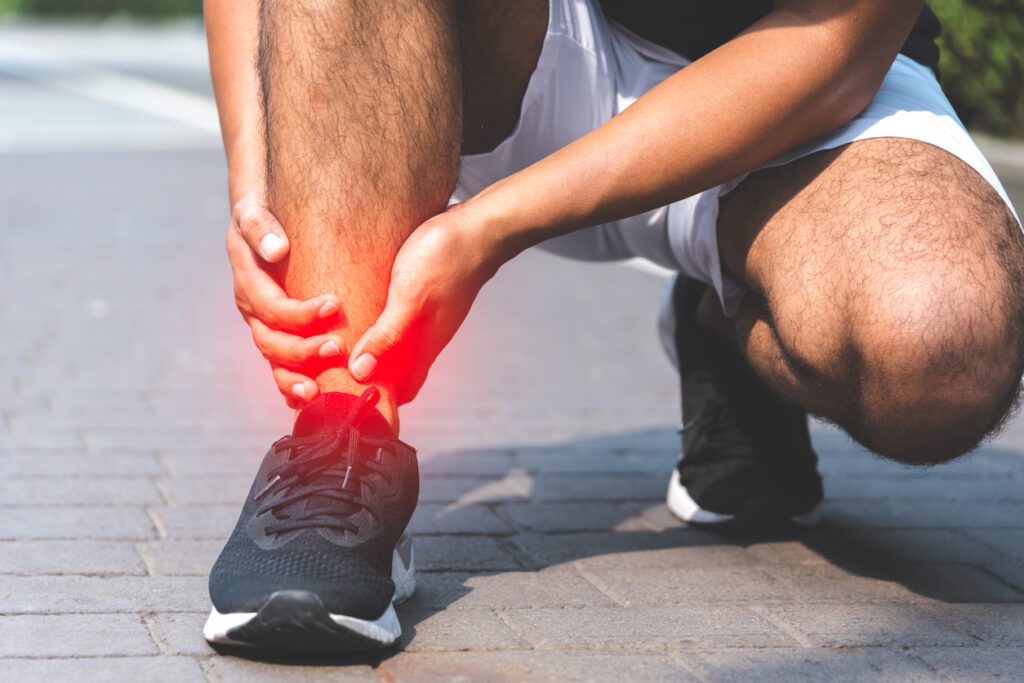
2. Knee Injuries
The knee is particularly vulnerable, especially in sports that require a lot of running and jumping. Common knee injuries include:
– ACL (anterior cruciate ligament) tears: This injury often requires surgical intervention and extensive rehabilitation.
– Meniscus tears: These can occur from twisting the knee while bearing weight and can lead to pain, swelling, and limited knee motion.
– Patellar tendinitis: Also known as jumper’s knee, this involves inflammation of the tendon connecting the kneecap to the shinbone, causing pain and stiffness.
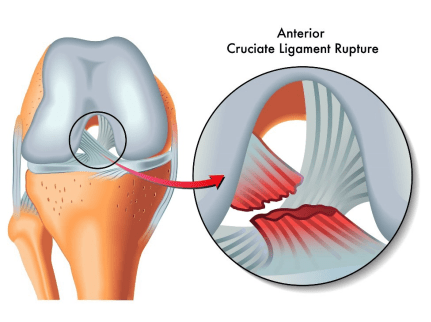
3. Shin Splints
Shin splints are characterized by pain along the shin bone and are common in runners and dancers. This injury often results from overuse or repetitive stress on the shinbone and surrounding muscles. Symptoms include tenderness, soreness, or pain along the inner side of the shinbone and mild swelling in the lower leg.
4. Tennis Elbow
Also known as lateral epicondylitis, tennis elbow is caused by repetitive motions of the wrist and arm. It’s common in racquet sports and activities that require repetitive gripping. Symptoms include pain and tenderness on the outside of the elbow, weak grip strength, and pain when lifting or bending the arm.
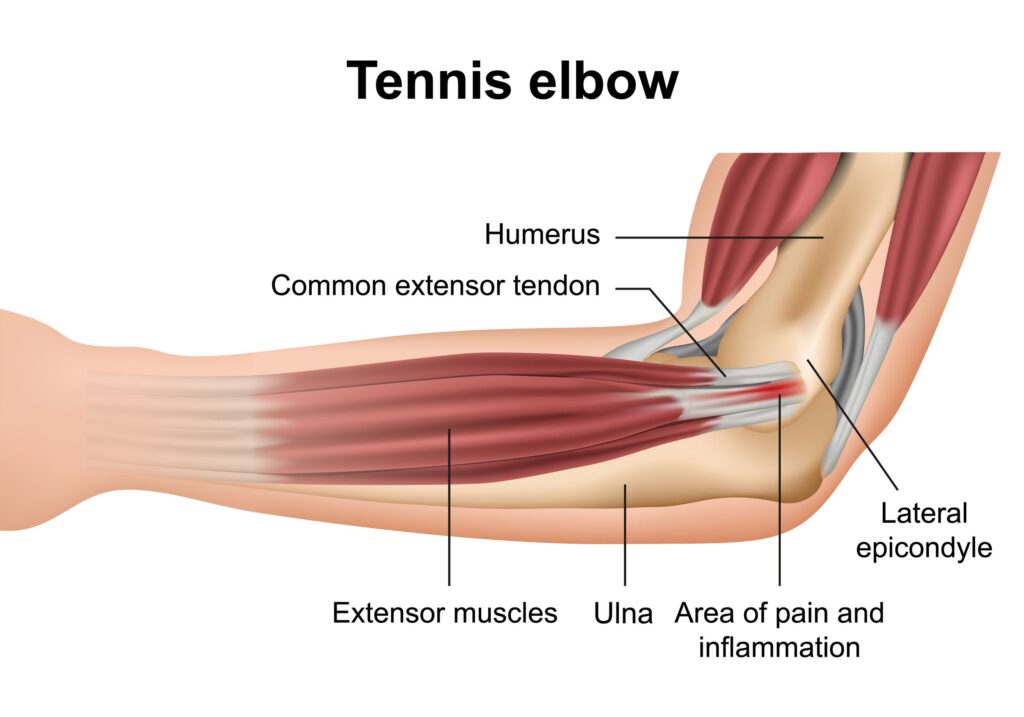
5. Shoulder Injuries
Rotator cuff injuries and dislocations are common in sports that involve a lot of throwing or overhead movements, such as baseball and swimming.
– Rotator cuff injuries: These can range from inflammation and tendonitis to tears in the muscles or tendons.
– Dislocations: Occur when the upper arm bone pops out of the cup-shaped socket of the shoulder blade, causing intense pain, swelling, and immobility.
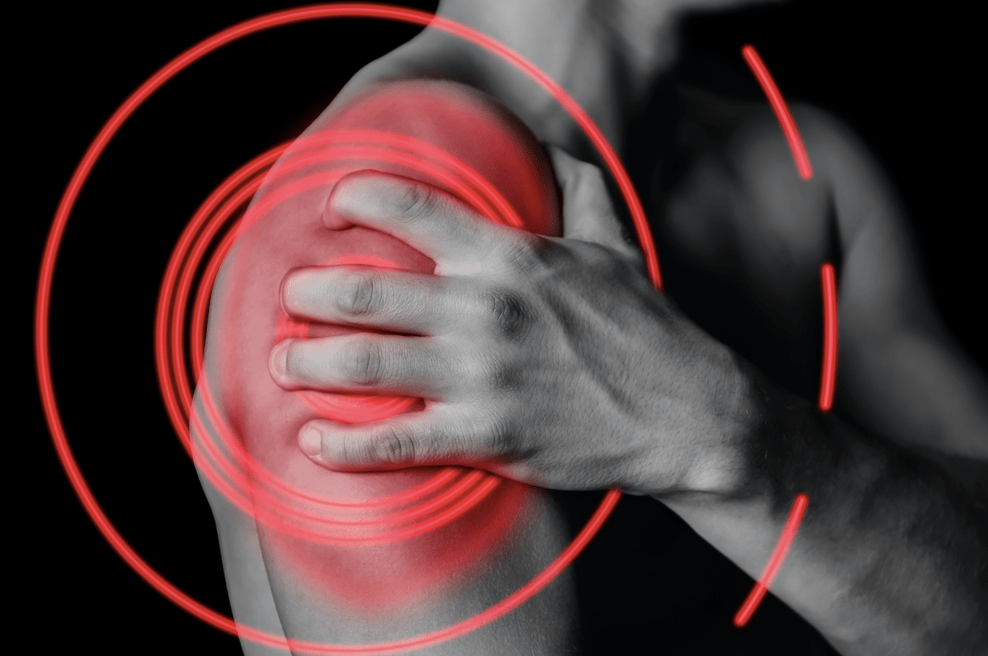
How Physiotherapy Can Help
Physiotherapy is essential in managing and recovering from sports injuries. Here’s how physiotherapy can help:
1. Pain Relief and Management
Physiotherapists use various techniques such as manual therapy, ultrasound, and electrotherapy to reduce pain and inflammation. This is often the first step in the recovery process.
– Manual therapy: Includes techniques like joint mobilizations and manipulations to improve movement and reduce pain.

– Ultrasound therapy: Uses sound waves to promote tissue healing and reduce pain.
– Electrotherapy: Uses electrical currents to reduce pain and inflammation.
2. Restoring Mobility and Flexibility
Through targeted exercises and stretching routines, physiotherapy helps restore mobility and flexibility to the injured area. This is crucial for preventing stiffness and maintaining range of motion.
– Range of motion exercises: Aim to restore normal joint movement.
– Stretching routines: Focus on improving flexibility and preventing stiffness.

3. Strengthening Muscles
Physiotherapists design personalized exercise programs to strengthen the muscles around the injured area. This not only aids in recovery but also helps prevent future injuries.
– Strength training: Involves exercises that target specific muscles to improve overall strength and stability.
– Functional exercises: Aim to replicate the movements required in sports to ensure the muscles are prepared for return to activity.
4. Improving Balance and Coordination
Many sports injuries occur due to poor balance and coordination. Physiotherapy includes exercises that enhance these aspects, which are vital for safe sports participation.
– Balance training: Uses exercises like single-leg stands and stability ball exercises to improve balance.
– Coordination drills: Focus on improving the synchronization of movements.
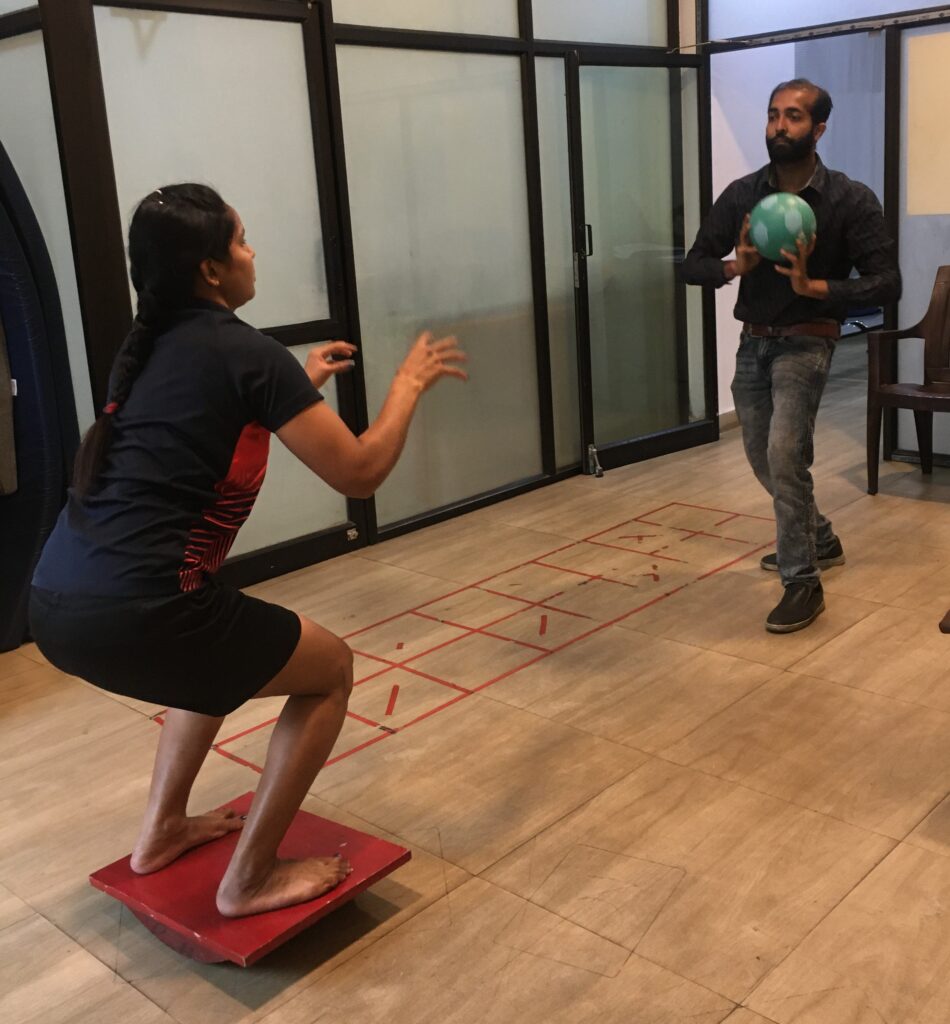
The services we provide: https://www.alexahealthcare.in/physiotherapy-services/
Conclusion
Sports injuries are an unfortunate reality for many athletes, but with the right care and management, they don’t have to sideline you for long. Physiotherapy for sports injuries is an effective way to manage pain, restore function, and prevent future injuries. Whether you’re dealing with a sprain, a knee injury, or tennis elbow, a skilled physiotherapist can guide you through your recovery and help you get back to the activities you love. If you’ve experienced a sports injury, consider consulting a physiotherapist to start your journey to recovery.
By highlighting the importance of physiotherapy and how it can aid in the recovery from common sports injuries, we hope to educate athletes and encourage them to seek professional help for their injuries. Regular physiotherapy can make a significant difference in your performance and overall health, ensuring that you stay active and injury-free for years to come.

A team of Physiotherapists in Alexa Clinic under the guidance of Dr. Shipra Kumari, Chief Physiotherapist and certified Aquatic Therapist (IATF Switzerland).
Alexa Clinic is a super-specialty physiotherapy and aquatic therapy clinic first of its kind opened in Kolkata in the in the year 2019. With many accolades and recognition Alexa Clinic has treated more than 10,000 patients.
It’s easy to book an appointment with Dr. Shipra Kumari over a call or visit the 8777694040 websites of Alexa Healthcare.
https://www.facebook.com/alexaactiveaging
https://www.youtube.com/@alexaactiveaging
